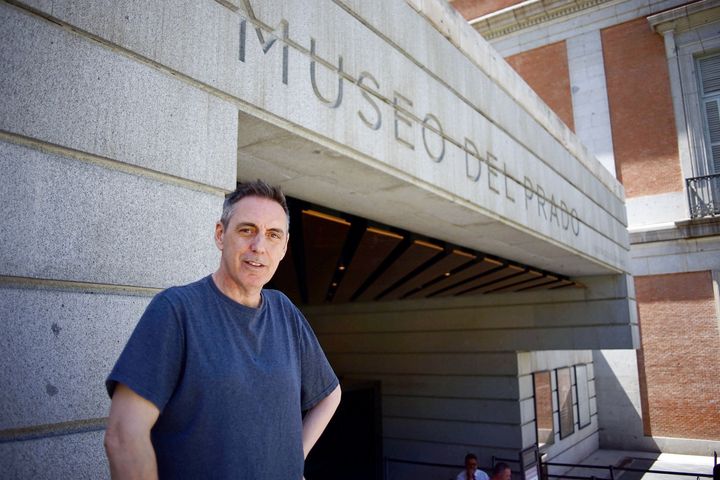
When I was a teenager a friend and I used to travel around London on red buses. This was before the internet and social media and if you wanted to see something you just went there. One day we were having a cuppa in the café at Golders Green bus station and a woman approached us and spoke to my friend.
“I’m so glad my children aren’t like you,” she said and gave my friend a pound. It was funny to us at the time - though not in retrospect - and the incident has stayed with me. My friend was a dwarf.
Jump forward a few decades and I’m making a TV documentary about dwarfism in art. I chose dwarfism because it’s a powerful example of the ‘othering’ of disability and also the most common representation of disability in the visual arts in western society. I have long been fascinated and troubled by how disabled people’s contribution to and representation in the arts has been undervalued and sensationalised throughout history.
We live in a society with contradictory and somewhat unhinged attitudes to disability. On the one hand, when convenient ‘disableds’ are presented as heroic in scenarios such as the Paralympics they are hailed as ‘superhumans’ and yet at the same time are presented with alarming regularity as scroungers and fakes doing huge damage to the public perception of disability.
I want to present an alternative narrative around disability to try and explain to non-disabled people that we ‘crips’ are not from another planet, if we were – we’d go back there, and that, in the case of the arts, disabled people have made a huge contribution which is barely acknowledged. In fact, I would go so far as to say it is ignored by most ‘authorities’ in the art history world. This does not surprise me as most people are discomfited by disability – it reminds them of their own vulnerability and it takes time to see past the disability - to recognise the actual person.
As part of filming this documentary I arranged to meet Eugene Grant in his role as Vice-Chair of the Restricted Growth Association in a pub. I saw him walking along the road and I banged on the window to get his attention. Of course, he ignored me. Why? Well, as far as he was concerned I was just another idiot pointing at the dwarf and banging on a window – this kind of thing happens to him a lot, check out his Twitter feed where he documents incidents of this type all the time. As I made this film, I realised it was more than a study of western art and the portrayal of people with dwarfism, it became an examination of society, its attitudes and approach to people with difference, a history programme as well as an art programme.
It’s a little known fact that the UK is considered the world’s leading light in disability-led art and we have a thriving and vociferous collection of artists of all types, of which I am one, and a fair amount of taxpayers’ money goes into supporting this, which is then exported around the world.
Many of the world’s great artists had disabilities Goya, Mondrian, William Blake, Munch, Gericault, Monet, Yayoi Kusuma, to name just a few. So, as well as being the subjects, the disabled are also creators. This art is rarely viewed through the lens of the artists disability – perhaps it would be revealing to do so.
Richard Butchins presents Dwarfs in Art: A New Perspective which airs on BBC Four on Monday 20 August, 9pm and will be available shortly after on BBC iPlayer.
